(ThyBlackMan.com) Donald Trump’s efforts to overturn the 2020 election, his authoritarian rhetoric, his multiple indictments, his multiple sexual assault allegations, his liable for sexual abuse, his contempt for institutional checks and balances, his racist behavior and racist immigration policies, his numerous unconstitutional executive orders, his firing of federal employees, his destruction of federal programs and agencies, his cult of personality, and his demand for loyalty to him above the country or the Constitution have led many scholars and watchdog groups to identify him as a clear and immediate threat to American democracy. Since being elected to a second term, Trump has continued to undermine democratic norms. He presents a clear and present danger to democracy through anti-democratic actions, authoritarian tendencies, and efforts to subvert elections.
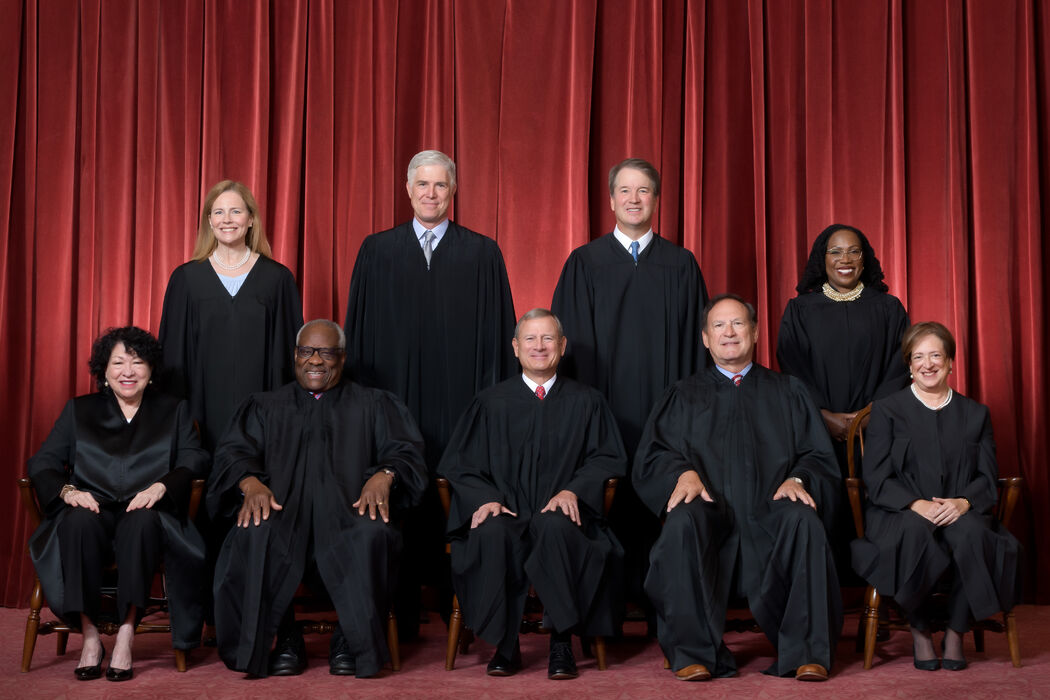
However, as great a threat as Donald Trump is to democracy, an even greater threat appears to be the Supreme Court. Many Americans fear that the Supreme Court is no longer functioning as a neutral guardian of the Constitution, but as an ideological force using its unchecked power to roll back democratic protections, undermine civil liberties, and favor elite interests. While others defend the Court’s independence and see it as a protector of constitutional order, the growing gap between public opinion and Court decisions has led to a legitimacy crisis. Trump’s threat to democracy may end after his term, but the Supreme Court rulings last for generations.
The Supreme Court, as currently composed, poses a long-term systemic institutional threat, quietly reshaping democracy without direct accountability. The Court is capable of eroding democratic safeguards over decades—often with less public awareness. The Court can reshape law and society even without public support, and with no clear democratic recourse.
Recent ethics scandals involving undisclosed gifts, luxury vacations, and partisan entanglements have further eroded trust in the judiciary. The justices have finally adopted a voluntary code of conduct, but without enforcement, it’s more of a PR stunt than real change. We wouldn’t permit any other public official to police themselves. So why should Supreme Court justices be any different?
Congress needs to act to create a binding and enforceable ethics code, ensure transparency in financial disclosures, mandate recusal in conflicts of interest, and impose penalties for violations. If the highest court in the land expects to hold others accountable, it must be willing to hold itself to the same standards.
The Question of Lifetime Appointments
In recent years, the Supreme Court has diminished voting rights, reproductive rights, and environmental protections—all while defending powerful interests and increasing their own authority. These rulings have come not from a neutral, apolitical body but from a 6–3 conservative supermajority formed through a flawed process of strategic retirements, Senate obstruction, and partisan appointments.
Lifetime tenure has allowed justices to serve for decades, often far beyond the values or expectations of the era in which they were appointed. This doesn’t promote judicial independence—it entrenches judicial power and erodes democratic legitimacy.
To reform the Supreme Court, let’s begin with what most Americans already support: term limits and genuine ethics rules—because no democracy can function when its highest judges are untouchable, unaccountable, and out of touch with the nation they serve.
Term limits of 18 years, with staggered appointments every two years, would preserve judicial independence while ensuring a Court that evolves alongside the country it governs. This system would prevent power from calcifying in the hands of a few and give every president a fair opportunity to shape the Court’s future.
The current Supreme Court is an ideological imbalance and a conservative supermajority court appointed through partisan means. The Court now has a 6–3 conservative majority, primarily shaped by appointments made during President Donald Trump’s first term. Three justices were confirmed under contentious or rushed circumstances, such as Amy Coney Barrett, who was confirmed days before the 2020 election.
The current Supreme Court has undermined voting rights. It has gutted key parts of the Voting Rights Act, allowing states with histories of discrimination to change voting laws without federal approval. It upheld Arizona voting laws that critics say disproportionately burden minority voters and weakening the ability to challenge discriminatory practices.
This court has a disregard for precedent (“Stare Decisis’). It overturned Roe v. Wade, ending federal protections for abortion rights. The ruling dismissed nearly 50 years of precedent, leading to concerns that other long-standing rights, such as desegregation laws, contraception, and same-sex marriage, could also be at risk.
The Supreme Court has expanded corporate power and dark money influence in elections. The Citizens United v. FEC (2010) ruling allowed unlimited independent political spending by corporations and unions, fueling the rise of dark money in elections and weakening the power of individual voters. Additionally, recent ethics controversies involving justices (notably Clarence Thomas and Samuel Alito) receiving undisclosed gifts and travel from wealthy donors have heightened concerns about undue influence. Unlike elected officials, justices are not subject to recall or impeachment, even when misconduct is alleged.
The Court has increasingly restricted the ability of federal agencies to regulate areas like the environment, labor, and public health. It has also taken up or ruled on cases that seem to shield presidents—particularly Trump—from legal accountability.
Religious Ideology or the Rule of Law?
Some readers might get upset with this part of this article. The response to their anger can be found in Galatians 4:16: “Have I therefore become your enemy because I tell you the truth?”
When it comes to the Supreme Court, it seems that America has neglected to follow the principle of the First Amendment of the Constitution, “Congress shall make no law respecting an establishment of religion.” Most justices on the court are Catholic and have made rulings that reflect their faith. About 20% of adults in the United States identify as Catholic. However, 6 out of 9 (66.6%) U.S. Supreme Court Justices are Catholic or were raised Catholic.
No one suggests that a candidate’s religion should be the reason for his or her selection or rejection for the Supreme Court—or any court. Doing so would clearly violate the First Amendment. However, consciously or unconsciously, people do make decisions based on their religious beliefs. If not, then what is the purpose of having a religion? Currently, 6 Catholics serve on the Supreme Court. Imagine if there were 6 Jews, or 6 Muslims, or 6 Buddhists, or 6 Atheists on the Court. And one can only imagine the uproar in the country if just one Muslim were nominated to serve on the Supreme Court.
Justices Identifying as Catholic (or raised Catholic):
- Chief Justice John Roberts – Catholic
- Justice Clarence Thomas – Catholic
- Justice Samuel Alito – Catholic
- Justice Brett Kavanaugh – Catholic
- Justice Amy Coney Barrett – Devout Catholic
- Justice Sonia Sotomayor – Raised Catholic
While Justice Sotomayor was raised Catholic, she doesn’t openly speak of her current religious practice. The other five are publicly practicing Catholics.
Some of the most consequential rulings made by the court that align with the Catholic faith are on the issues of Abortion, Religious Liberty, Contraception, and LGBTQ rights:
- Abortion – Dobbs v. Jackson Women’s Health (2022). Overturned Roe v. Wade, ending federal protection of abortion rights. The Catholic Church teaches that life begins at conception and opposes abortion under nearly all circumstances.
- Religious Liberty – Kennedy v. Bremerton School District (2022). Allowed a public high school football coach to pray at midfield after games. Catholic doctrine has a strong emphasis on public expression of faith and religious freedom.
- Contraception & Employer Rights – Burwell v. Hobby Lobby (2014). Allowed private companies with religious objections to deny contraceptive coverage in employee health plans. Catholic doctrine opposes artificial contraception.
- LGBTQ+ Rights – 303 Creative LLC v. Elenis (2023). Ruled that a web designer could refuse to make a wedding websites for same-sex couples. Catholic doctrine opposes same-sex marriage.
The practicing Catholic justices consistently vote based on conservative moral principles and originalist interpretations of the Constitution. Their rulings often clash with majority public opinion, especially on issues like abortion, contraception, and religious freedom. Liberal justices (Sotomayor, Kagan, Jackson) tend to align more closely with popular sentiment, particularly regarding civil rights and liberties.
The liberal justices, Sonia Sotomayor, Elena Kagan, and Ketanji Brown Jackson, in recent dissenting opinions—especially in high-stakes political and constitutional cases—have issued strong warnings about threats to democratic principles, judicial overreach, and the concentration of power—often implying that the Court’s majority decisions undermine democratic governance.
Here are some of the most notable examples:
- Trump v. United States (2024) — Presidential Immunity Case – Justice Sonia Sotomayor (joined by Kagan and Jackson) stated, “The President is now a king above the law… The Court effectively creates a law-free zone around the President, upsetting the longstanding principle that no person is above the law.” Sotomayor concluded: “With fear for our democracy, I dissent.”
- Moore v. Harper (2023) — Independent State Legislature Theory – Justice Kagan warned that accepting the theory that state legislatures have near absolute power over federal elections without oversight from state courts, would give state legislatures the power to undermine fair elections, suggesting it could destabilize democracy.
- Brnovich v. Democratic National Committee (2021) — Voting Rights Act (VRA) Case – Whether Arizona voting rules violated the Voting Rights Act. In her dissent, Justice Kagan stated, “What is tragic here is that the Court has yet again rewritten — in order to weaken — the statute that stands as a monument to America’s greatness, and protects against its basest impulses.” She added, “Efforts to suppress the vote continue… The Court undermines Section 2 [of the VRA] and thus a vital piece of the democratic project.”
- Shelby County v. Holder (2013) — Preclearance and Voting Rights – Though before Justice Jackson’s time, Justice Ginsburg’s dissent (joined by Sotomayor, Kagan, Breyer) warned that gutting the Voting Rights Act would endanger democracy, famously saying, “Throwing out preclearance when it has worked and is continuing to work to stop discriminatory changes is like throwing away your umbrella in a rainstorm because you are not getting wet.”
During a recent question-and-answer session at an Indianapolis Bar Association luncheon (July 10, 2025), the newest Supreme Court justice, Ketanji Brown Jackson, the Biden appointee, gave an honest response when she was asked by U.S. District Court Judge Jane Magnus-Stinson what keeps her up at night.
“Um, I would say the state of our democracy,” Jackson said, drawing applause and a standing ovation from the audience at the event.
“I am very interested in getting people to focus and to invest and to pay attention to what is happening in our country and in our government,” she added.
Summary
While the liberal justices have not accused the Court of outright complicity in destroying democracy, their dissents clearly express deep concern that the Court’s conservative majority has made decisions that:
- Erode accountability (Trump immunity)
- Undermine voting rights (Brnovich, Shelby)
- Risk partisan manipulation of elections (Moore v. Harper)
- And elevate presidential power in ways that threaten constitutional checks and balances.
Their language is increasingly urgent and alarming, especially post-2020, suggesting they view the Court as drifting away from its democratic guardrails.
When unelected judges wield enormous power for life with no oversight, democracy suffers. The founders never intended for the Court to be above the people. In fact, Alexander Hamilton described the judiciary as the “least dangerous” branch precisely because it lacked the power of the purse or sword. But in 2025, the Supreme Court has become one of the most consequential—and dangerous—political forces in America.
In a democracy, no public official should hold unchecked power for life—especially not those tasked with interpreting the Constitution. Yet that’s exactly the situation we face with the current United States Supreme Court. With lifetime appointments, no binding ethics rules, and a growing record of ideologically charged decisions, the Court has become increasingly unaccountable to the people it serves. It’s time for serious, structural reform—starting with term limits and enforceable ethics rules. We don’t need to destroy the Court. We need to save it—from itself.
RJW is a retired Professor of Education. He is a prolific writer and the author of 12 Characteristics of an Effective Teacher.
One may contact him at; RJWalker@ThyBlackMan.com.
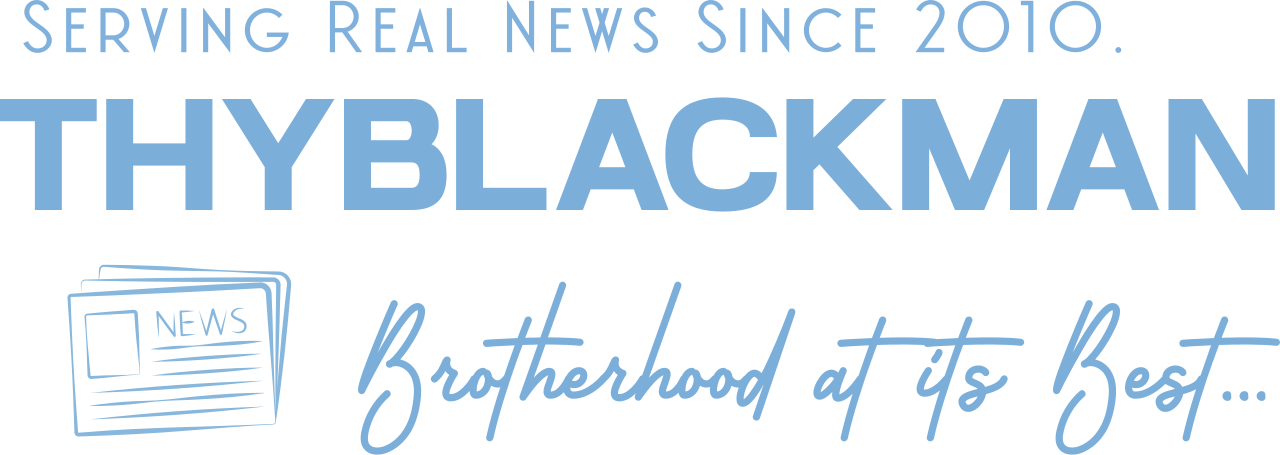












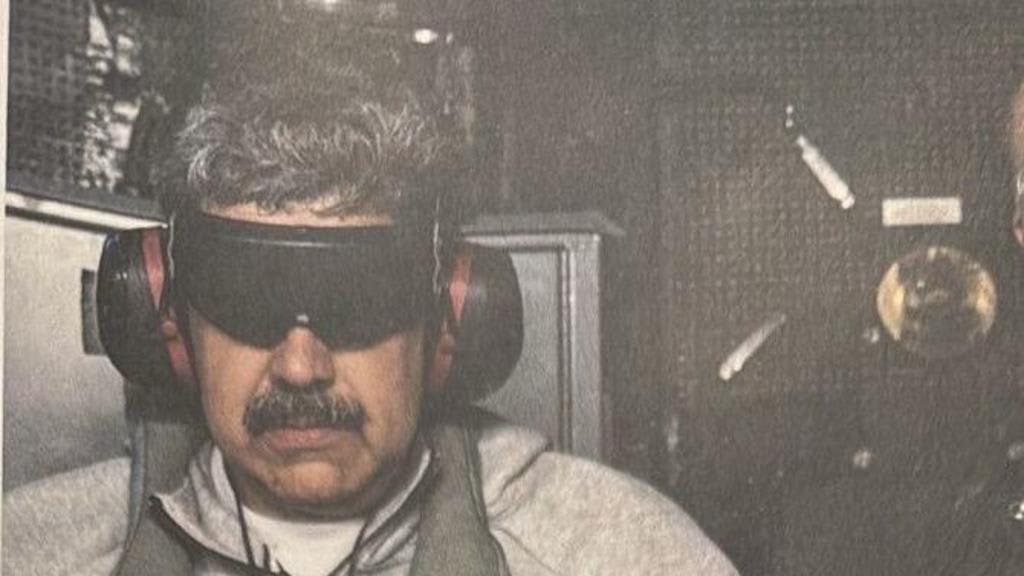
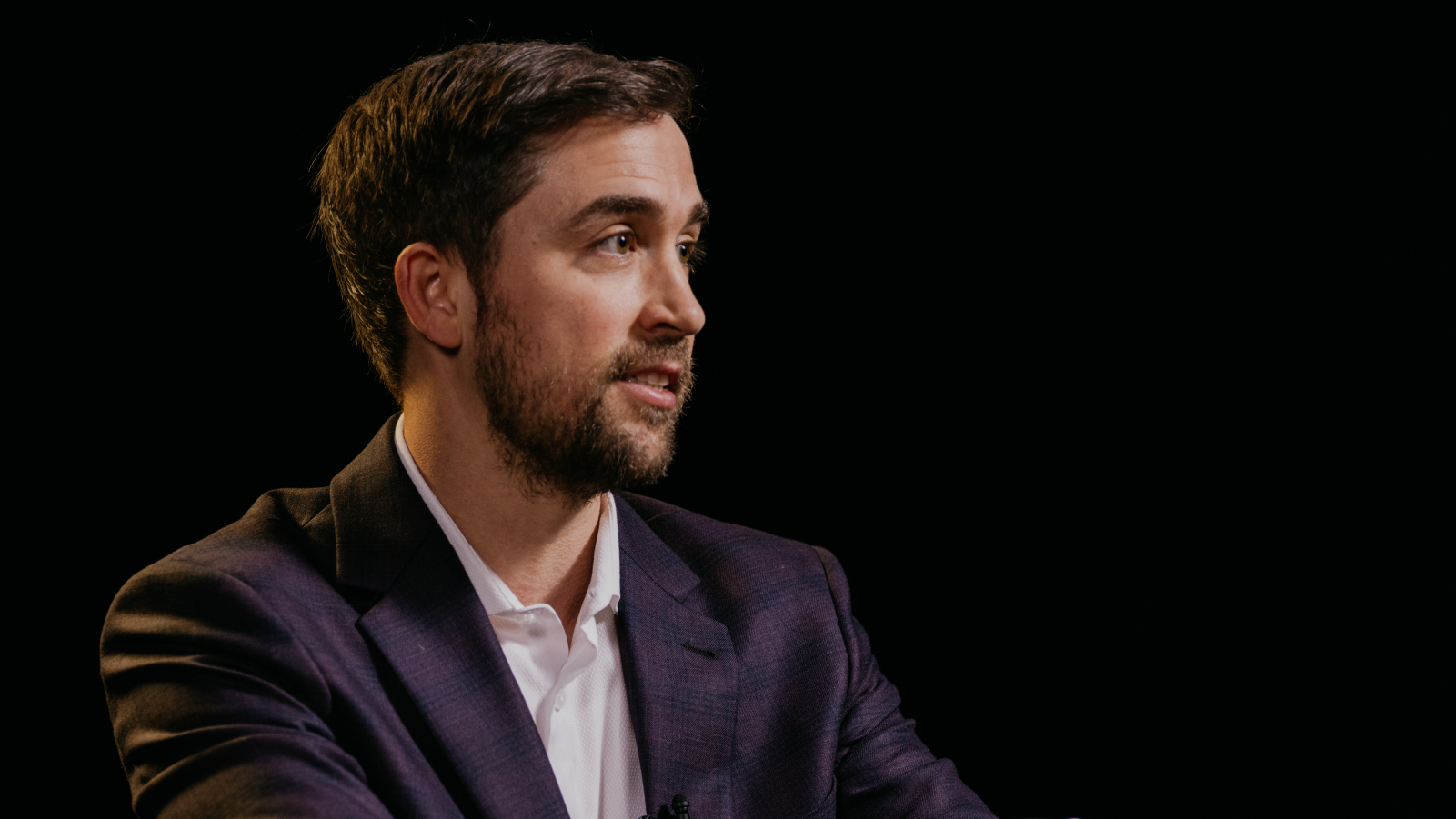

Leave a Reply